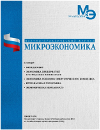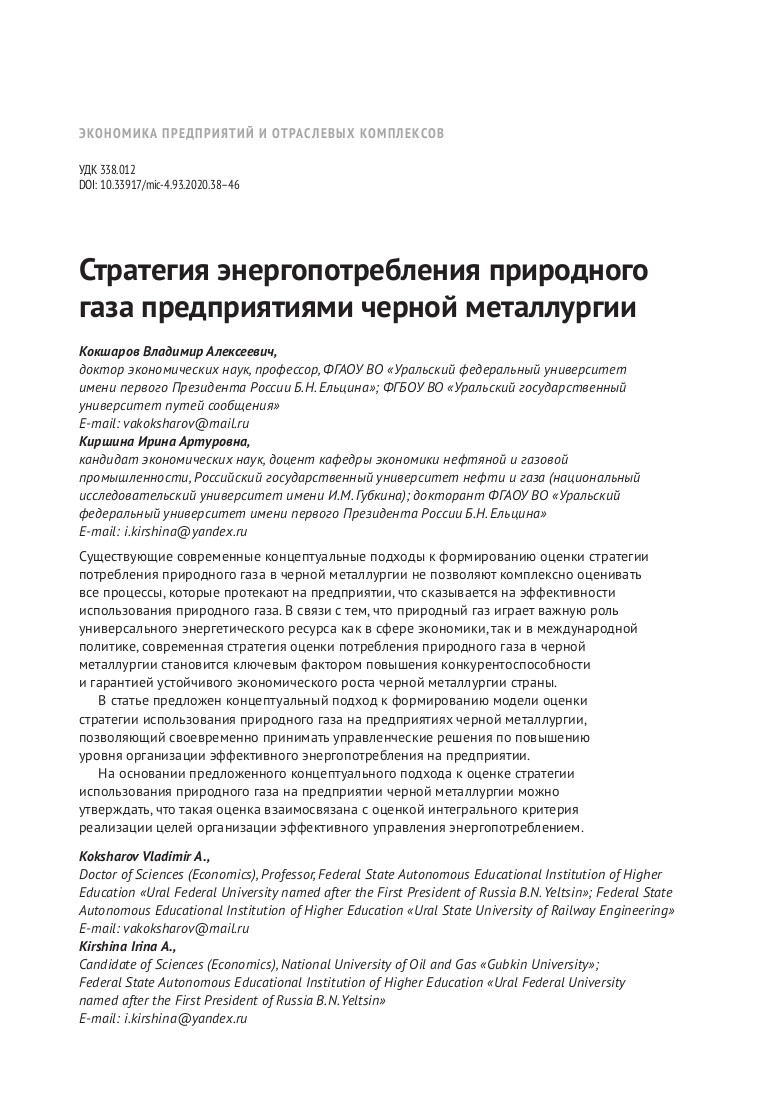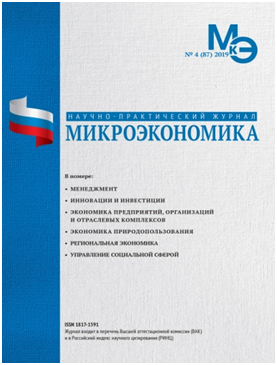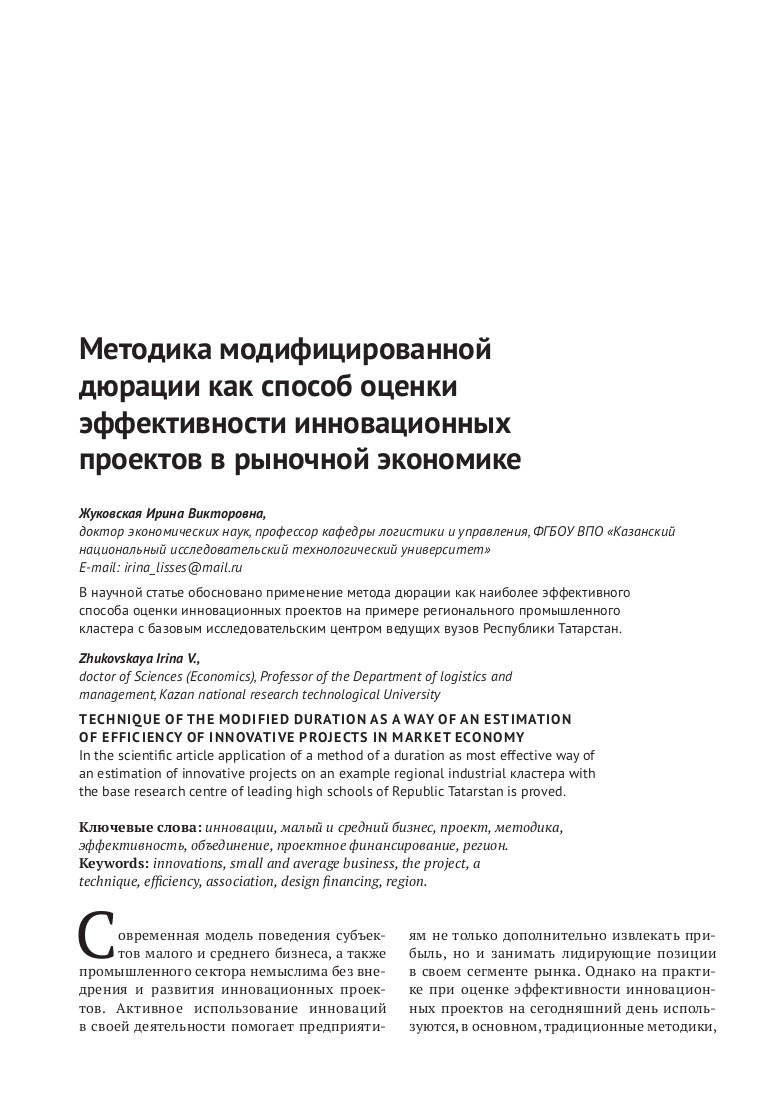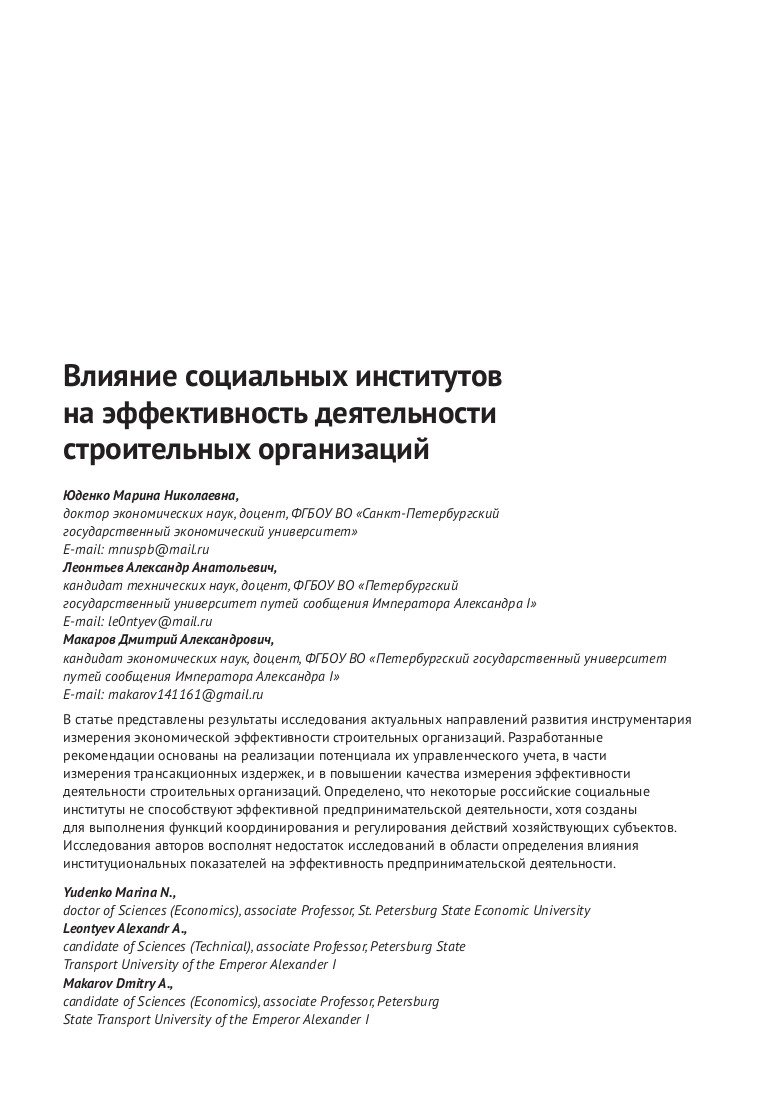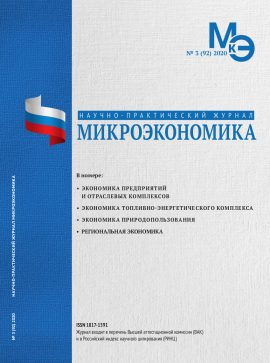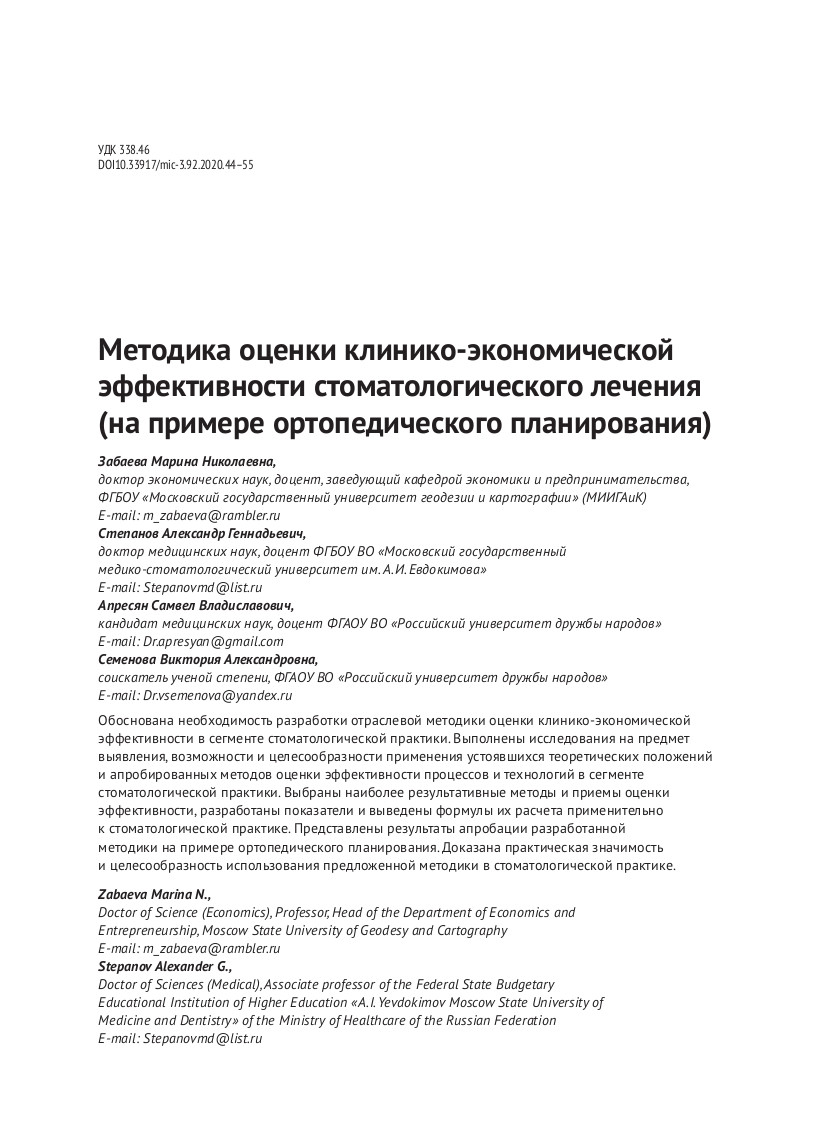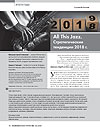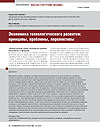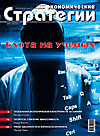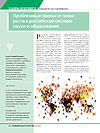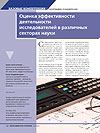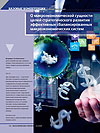Natural Gas Energy Consumption Strategy by iron and steel industry enterprises
DOI: 10.33917/mic-4.93.2020.38-46
The existing modern conceptual approaches to the formation of an assessment of the natural gas consumption strategy in the steel industry do not allow assessing comprehensively all the processes that occur in the enterprise affecting the efficiency of natural gas consumption. Due to the fact that natural gas acts an important role as a universal energy resource, both in the economy and in international politics, the modern strategy for assessing the consumption of natural gas in the steel industry is becoming a key factor in increasing competitiveness and guaranteeing sustainable economic growth of the country’s steel industry.
The article proposes a conceptual approach to the development of the model in order to assess the strategy of natural gas consumption at iron and steel enterprises, which allows timely management decisions to be taken to increase the organization of efficient energy consumption at the enterprise.
Based on the proposed conceptual approach to assessing the strategy of natural gas consumption at the iron and steel industry, it can be stated that this assessment is interconnected with the assessment of the integral criterion for the implementation of the goals of organizing effective energy management.


